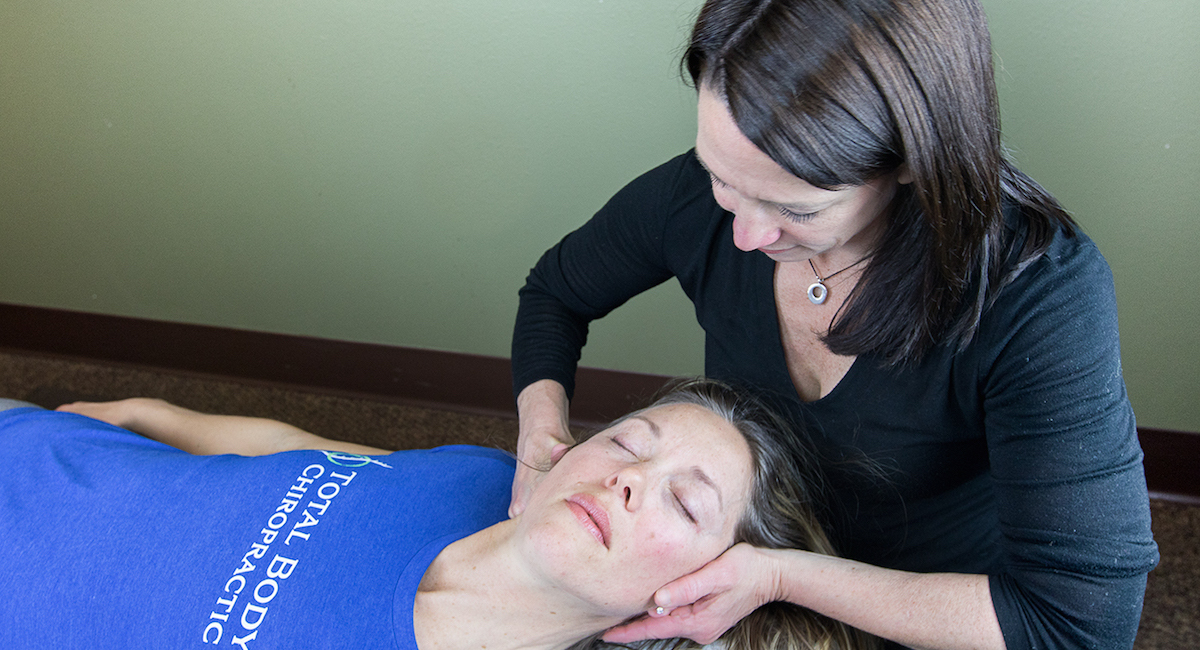5 ways to Manage Your Stress This Holiday Season
Even with all the cheer and togetherness brought about by the holiday season, you may still find yourself unable to enjoy the jolliest time of the year due to stress. And considering all the planning, shopping, and general chaos, it’s no wonder the next few months may have you feeling more worn down and fatigued than ever.
Seasonal stress can impact your daily life physically, mentally, and emotionally, resulting in several symptoms:
- Anxiety
- Body Aches
- Sadness
- Insomnia
- Headaches
- Irritability
- Poor Diet
You may find that your stress culminates in other ways as well, so it’s important to keep a pulse on these changes. Directly addressing your symptoms and managing various stress contributors can help boost your mood and encourage relaxation.
Learn how to keep your stress at bay with these five tips and make your holidays merry and bright!
1. Indulge Occasionally, but Don’t Overdo It
Cookies, cakes, and pies may be what’s on the menu during the holidays, but these sweets shouldn’t be your primary food group. Overeating during the holidays leads to guilt, weight gain, and sluggishness. Not to mention, sugar triggers the release of cortisol, a stress hormone.
Find the balance between fresh fruits and vegetables with some of your favorite holiday dishes sprinkled in between. Healthy meals will keep you energized and make you feel better about your choices. Stay hydrated by drinking eight glasses of water a day, which reduces inflammation and bloating to help you feel lighter overall.
2. Keep It Moving
Get ahead of your New Year’s resolutions by starting your new workout routine now. Exercise is a great stress reliever and actually provides a boost of endorphins to inspire happiness and relaxation. Getting active in the sunshine offers an added benefit of serotonin to keep you calm and pleasant after your workout.
3. Get Enough Sleep
Even with all the work parties, late-night wrapping sessions, and other festive obligations, your body still needs to rest and recover with 8 hours each night. Lack of sleep makes you more irritable and susceptible to illness, a recipe for a stressful holiday.
If you can’t extend your slumber, merely sticking to your regular sleep schedule may be enough to keep your body happy and at ease.
4. Take Time for Yourself
It may seem like there’s an event every day of the holiday season, but you’re not obligated to attend them all. Stretching yourself too thin can leave you feeling frazzled, more anxious, and like the Scrooge of the party. Take time to reset each day and do something you enjoy with no distractions.
Booking a massage in Bend can be the greatest gift to treat yourself and heal your body from the physical symptoms of stress this season. Massage therapy relieves sore and tight muscles, decreases cortisol, and increases mood-boosting hormones like serotonin and dopamine to help you emerge relaxed and Zen.
Worried over finding the perfect present? A massage is an easy, affordable, and thoughtful gifted experience for any friend, family member, or coworker.
5. Feel Free to Adjust
Stay flexible this season, and don’t worry when plans change. However, your plans aren’t the only thing you may need to adjust this season — your body needs it, too! Chiropractic adjustments address aches and pain that result from stress and tension, which cause even more discomfort and anxiety (the stress-pain-stress cycle).
Regular chiropractic care also removes unseen stressors plaguing your system and gives you an immune boost to fight off the winter sniffles. By restoring harmony to your nervous system, chiropractic can address some hormonal and chemical imbalances that may be feeding your anxiety and worry.
If you still can’t shake the holiday funk, it’s okay to ask for help. Talking to a professional or someone you trust can lift a weight off your shoulders. At Total Body Chiropractic & Massage, we encourage and specialize in holistic solutions that balance your mind and body to promote a happy, healthy, and cheerful holiday season.










